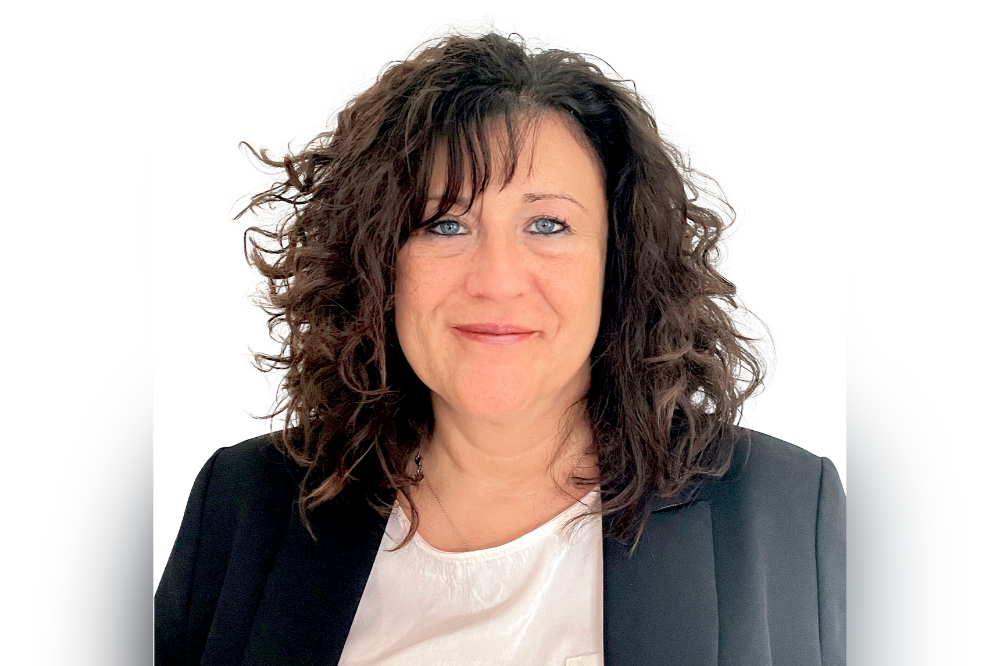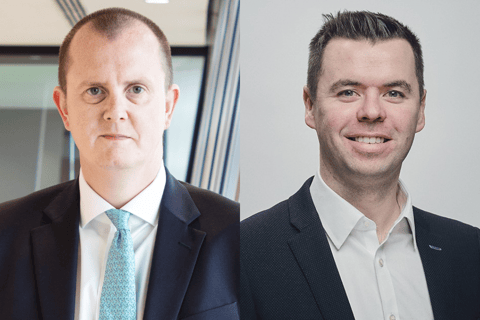![]()
Gilo labelled abuse settlement values “derisory” and said that factoring in costs and fees he took £3500 less home from his original claim than for the disclosure of his identity.
“It is disturbing that a three-day data breach which we think was likely to be accidental has had almost as much value as the abuse settlement with an impact lasting decades,” said Gilo.
During October 2017, when the survivor and the insurer were in a dispute over the contents of a critical review that garnered media interest, Ecclesiastical published a letter on its website that Gilo said included his full name 14 times. This was despite the survivor wanting to keep his identity and links to the abuse private.
The letter, which Ecclesiastical had made a botched attempt to redact, remained on the insurer’s website for more than two full days before being taken down. The document being shared openly felt “extremely excessive and intimidating” at the time, Gilo told Insurance Business.
Insurance Business understands that Ecclesiastical has previously attempted to settle the claim for in the region of £10,000.
Elliott Review
As part of the settlement agreement, the insurer has agreed to mediation around its response to the 2016 Elliott Review, which examined the church’s handling of Gilo’s allegations of “sadistic” abuse perpetrated by senior church figure Garth Moore, who died in 1990, when the survivor was around 16 years old in the 1970s.
The damning report was critical of church safeguarding practices and found that the alleged assault had been disclosed multiple times over decades, including to senior church figures, without action being taken or records being made. This is according to Gilo and corroborated by a Guardian report from the time.
Ecclesiastical has been accused of repeatedly disparaging, including on television and at a government backed CSA inquiry, the review’s findings that its advice to its client had led to a severing of pastoral care for the survivor.
In a 2020 session at the Independent Inquiry into Child Sexual Abuse, Ecclesiastical’s former claims director David Bonehill and ex-compliance director John Titchener were forced to concede that the insurer’s advice had led to the church withdrawing its pastoral support from Gilo for two weeks.
In a report that followed the session, IICSA condemned Ecclesiastical for being “unable to recognise or accept its failings” as regards the report’s findings, and for failing to provide evidence “in a candid manner”.
Mediation
The Elliott Review mediation has been welcomed by key stakeholders.
“It’s good that Ecclesiastical Insurance is finally coming to mediation over their repeated public dissembling around the review into my case,” Gilo said.
Ian Elliott, the review’s author, said that Ecclesiastical had made “damaging and untrue” statements regarding the accuracy of his assessments.
“I want to take this opportunity to acknowledge and welcome the agreement to reach a mediated settlement with Ecclesiastical Insurance regarding the dissembling that has marked their response to the review that I undertook of a historic abuse case for the Church of England,” Elliott said.
Ecclesiastical has “acknowledged that this data breach occurred in a wider context of [its] failings towards survivors, some of which were explored in IICSA, and that those failings significantly aggravated this data breach”, according to Gilo’s solicitor in the data breach case, Slater & Gordon head of abuse law Richard Scorer.
“I hope that these events will be part of an urgent and radical reshaping of [the insurer’s] behaviour towards survivors, and the full implementation of the Elliott report,” Scorer said.
Bishop Alan Wilson, who attended the settlement meeting, criticised the insurer for “[steering] well clear of any external independent accountability whilst parading and hiding behind its Guiding Principles [the insurer’s guidelines for handling CSA claims brought in in 2016 and updated in 2018].”
An Ecclesiastical spokesperson said: “We do not comment on the details of individual claims. We are sorry for the distress caused to the complainant and have apologised unreservedly.”
A spokesperson for the Church of England, which was not involved in the settlement and was unable to comment on it but was involved in the Elliott Review, said that “the rights of survivors and victims to protect their data and our duty to use that data properly in any aspect of our work is paramount.”
“We will continue to unreservedly apologise for the Church’s poor response to survivors and victims, as highlighted at IICSA, and are committed to engaging with them to inform our future work,” the spokesperson said.
Free support is available at NAPAC if you have been affected by this story:
Telephone – 0808 801 0331
Email – [email protected]
Website – napac.org.uk
Source




















